1. Marathon Bar
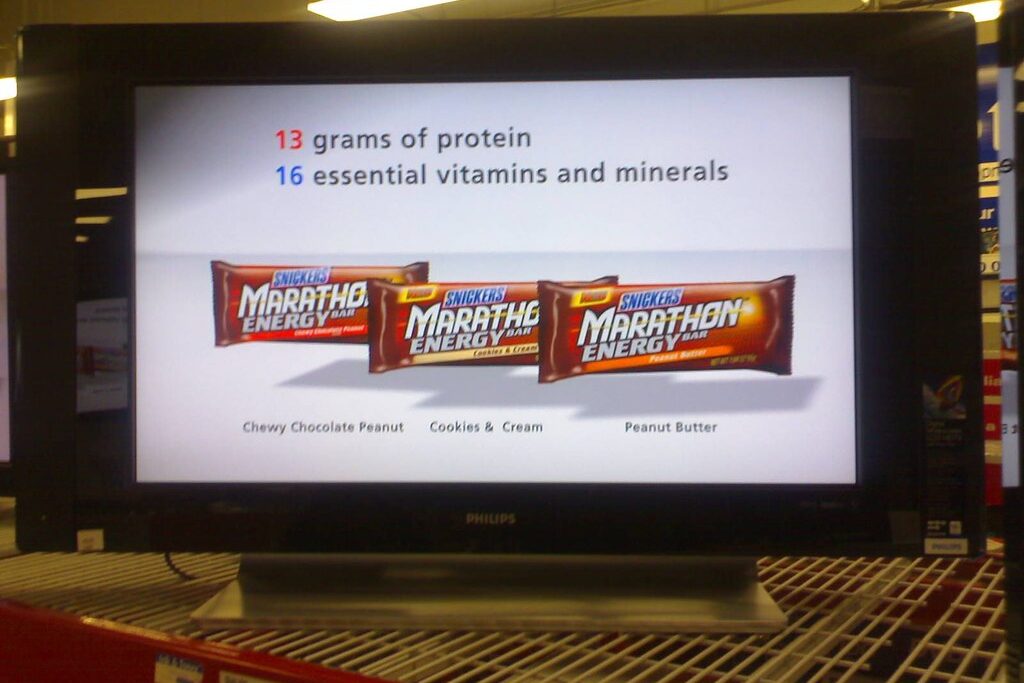
The Marathon Bar wasn’t just candy, it was a statement. At 8 inches long, this chocolate and caramel treat was literally sold as “the candy that lasts a long time.” It even had a ruler printed on the wrapper to show off its length. The bright red packaging and twisted shape made it instantly recognizable.
But even though kids loved it, Marathon bars vanished from U.S. shelves in the early ’80s. Similar candies, like Cadbury’s Curly Wurly, still exist overseas, which makes the loss sting even more for American fans. For those who remember, unwrapping one of these felt like unwrapping a treasure.
2. Butterfinger BB’s
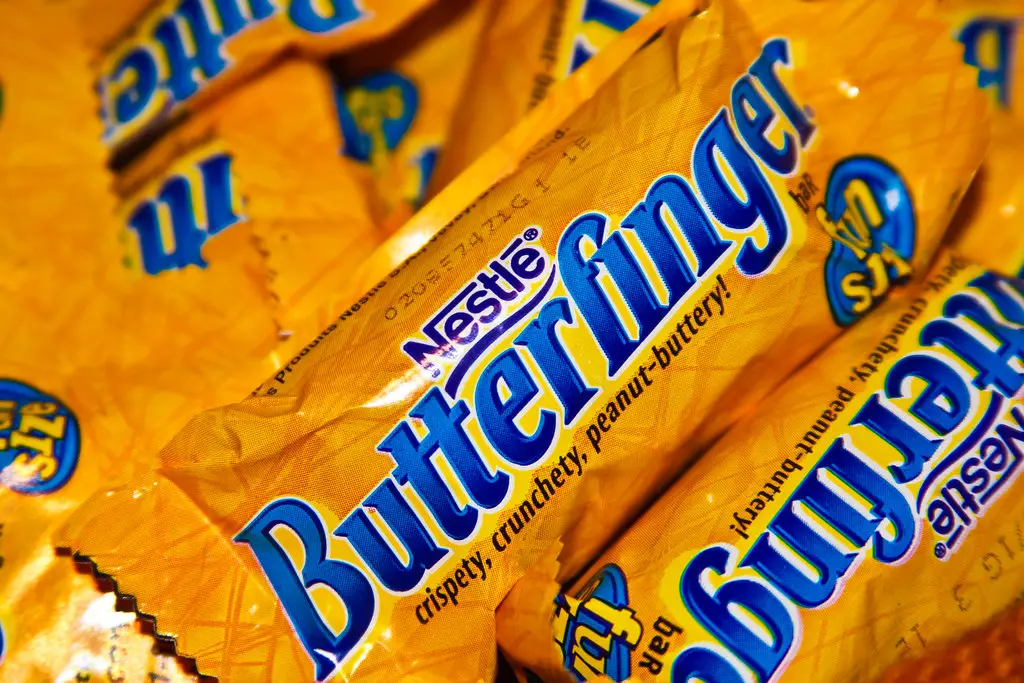
When Butterfinger BB’s arrived in the ’90s, they seemed like the ultimate upgrade to the candy world. Instead of a big bar that made a mess, these were bite-sized, round nuggets coated in chocolate with the same crisp, peanut-buttery center. They were easy to snack on, share with friends, or sneak into a movie theater.
But as fun as they were, BB’s didn’t last past the early 2000s. Fans still bring them up online whenever discontinued candies are mentioned, often begging for their return. Some argue that Butterfinger Bites tried to replace them, but the texture and size just weren’t the same.
3. Wonka Bar
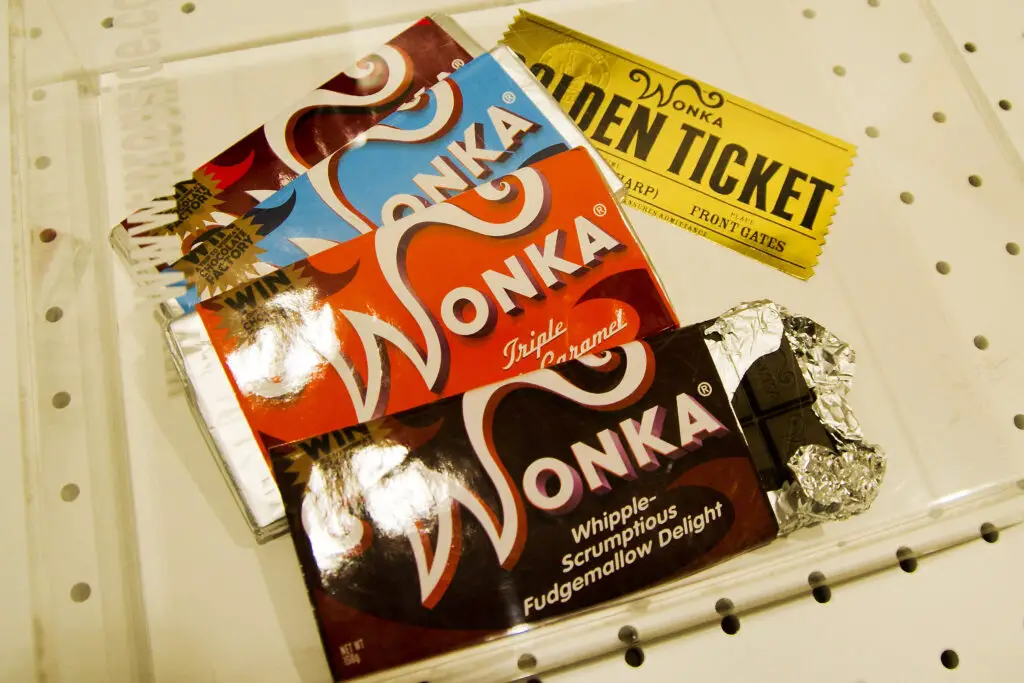
Thanks to Willy Wonka and the Chocolate Factory, the Wonka Bar wasn’t just candy, it was a dream come to life. Nestlé made sure the real-world bar mirrored what kids had seen in the movie, with creamy milk chocolate that felt magical. Every kid secretly hoped for a Golden Ticket, even though the promotion had long since ended.
But by 2010, the Wonka Bar was discontinued, making it one of the most disappointing losses in candy history. The entire Wonka candy line slowly shrank, with Nerds and Gobstoppers surviving but the bar itself disappearing. Today, people still talk about it like a piece of childhood fantasy that slipped away.
4. Reggie! Bar
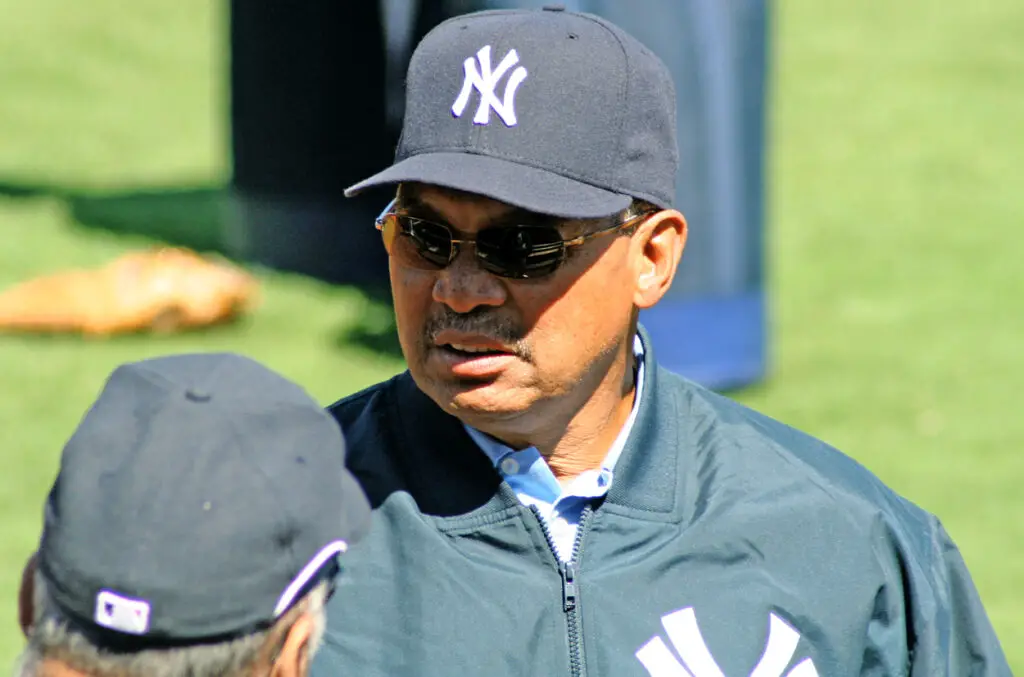
In the late ’70s, baseball star Reggie Jackson had his own candy bar, and kids couldn’t resist buying it. The Reggie! Bar was round and filled with caramel, peanuts, and chocolate, making it messy but delicious. Fans remember the excitement of opening one, especially at Yankee Stadium, where they were famously thrown onto the field.
The candy was tied so strongly to its namesake that when Jackson’s popularity faded, so did the bar. It had a brief comeback in the ’90s, but it never stuck. For sports fans and candy lovers, it’s remembered as a one-of-a-kind combination of pop culture and sugar.
5. Bonkers
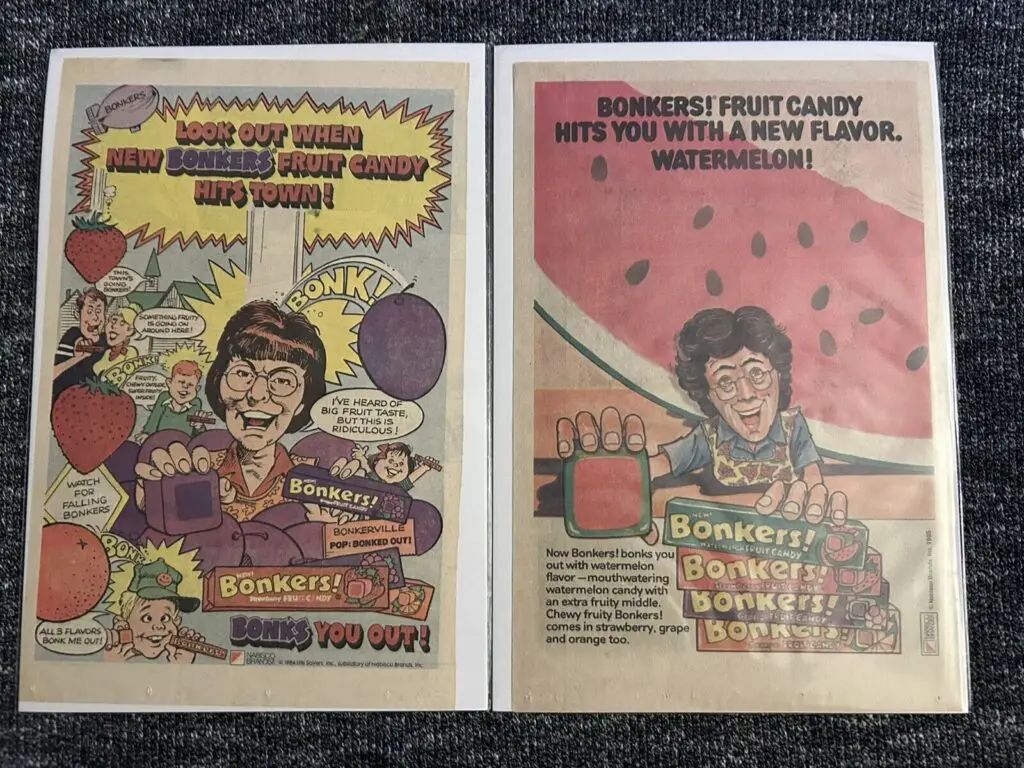
Bonkers commercials in the ’80s were unforgettable. They featured people getting “bonked” by giant pieces of fruit, which was exactly the kind of zany advertising that made kids run to the store. The chewy candies came in fruity flavors with a juicy filling inside, making them stand out from other taffy-like treats.
By the early ’90s, though, Bonkers had disappeared from shelves. Attempts at a revival have been teased, but nothing has stuck. Many still claim Bonkers were better than Starburst, and the nostalgia for them is huge among ’80s kids.
6. Swoops
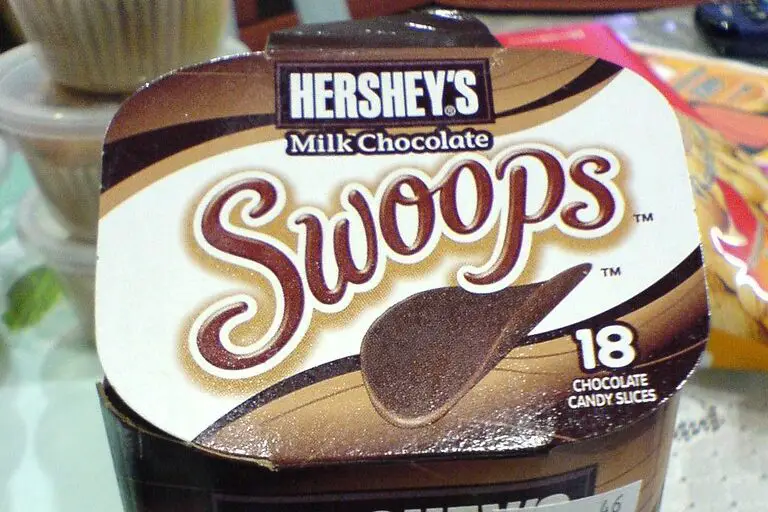
In the early 2000s, Hershey’s tried something new with Swoops. These were thin, curved chocolate pieces shaped like Pringles chips, making them feel like a snack crossover. They came in classic candy bar flavors like Reese’s and Almond Joy, and the packaging made them easy to stack and share.
The problem was, they melted too easily and didn’t quite satisfy candy cravings the same way a full bar did. By 2006, they were gone, but their unique look made them memorable. They remain a quirky piece of candy history that people either loved or completely forgot about.
7. Tart ‘n Tinys
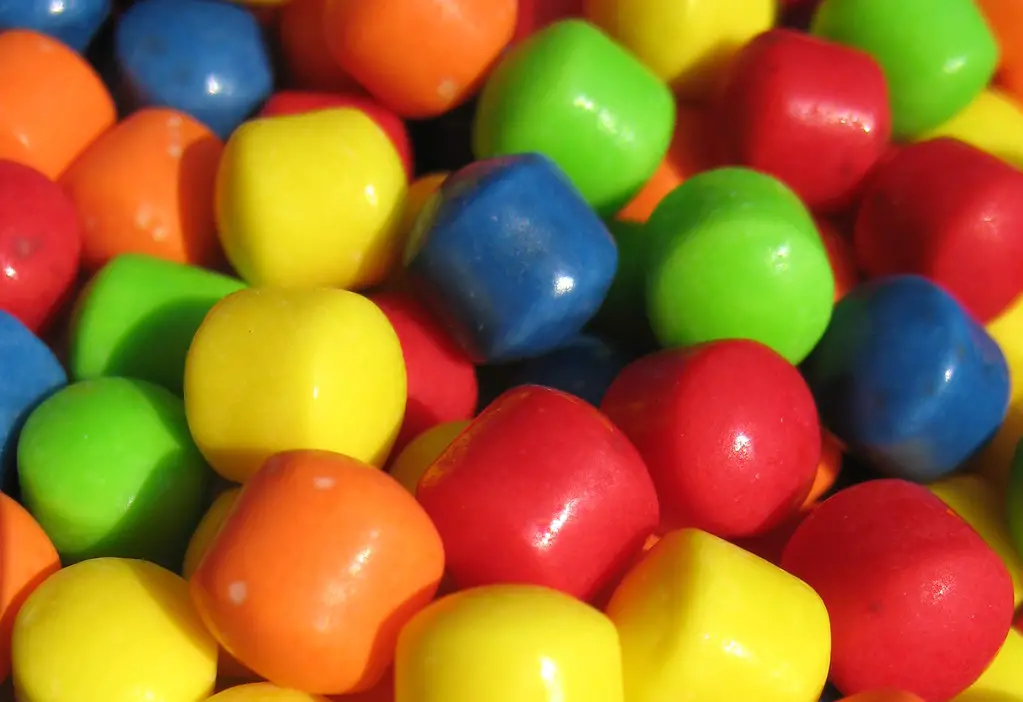
Tart ‘n Tinys were small, colorful candies that packed a punch of sour flavor. They looked a little like tiny pills or beads, and kids loved the challenge of pouring a whole handful into their mouths at once. They were perfect for trading at school or stashing in a backpack for later.
But their popularity didn’t last past the ’90s. While spinoffs like Chewy Tart ‘n Tinys appeared, they never captured the same love. Today, collectors sometimes find old boxes, and fans reminisce about how something so small could be so addictive.
8. Summit Bar
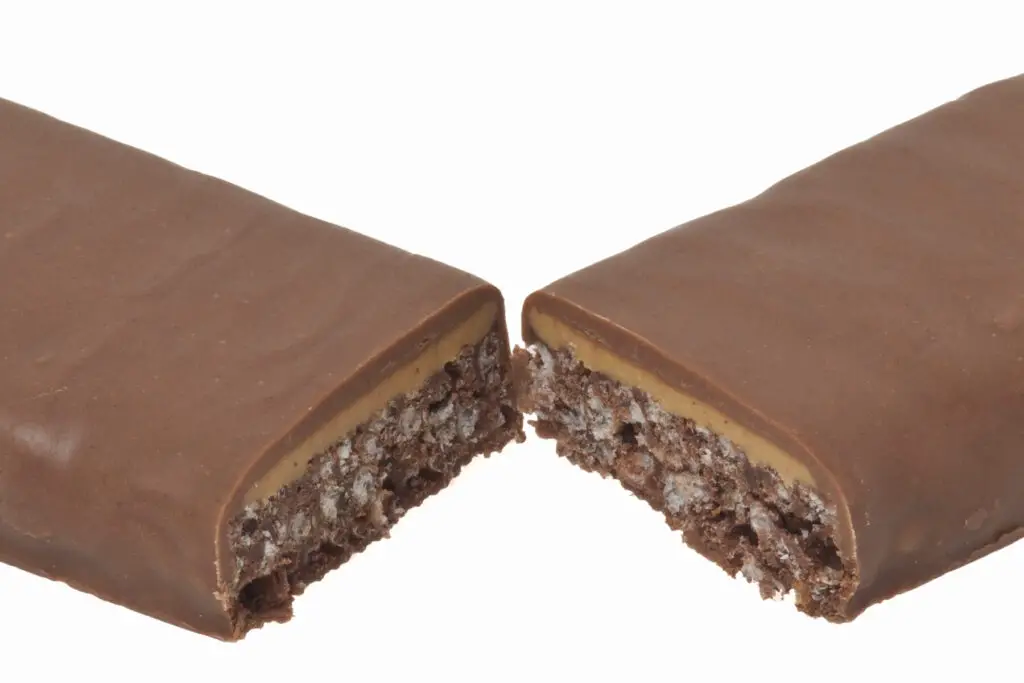
Summit Bars were Nestlé’s crunchy offering in the late ’70s and ’80s. They came in twin packs with layers of wafers, peanuts, and chocolate, and some people compared them to a crunchier, nuttier KitKat. They were especially popular with kids who liked to break them apart and eat each layer slowly.
Unfortunately, Summit Bars didn’t survive past the mid-’80s. They were quietly discontinued, making them one of those “you had to be there” candies. For those who got to enjoy them, they’re remembered as a hidden gem from childhood.
9. Hershey’s S’mores Bar
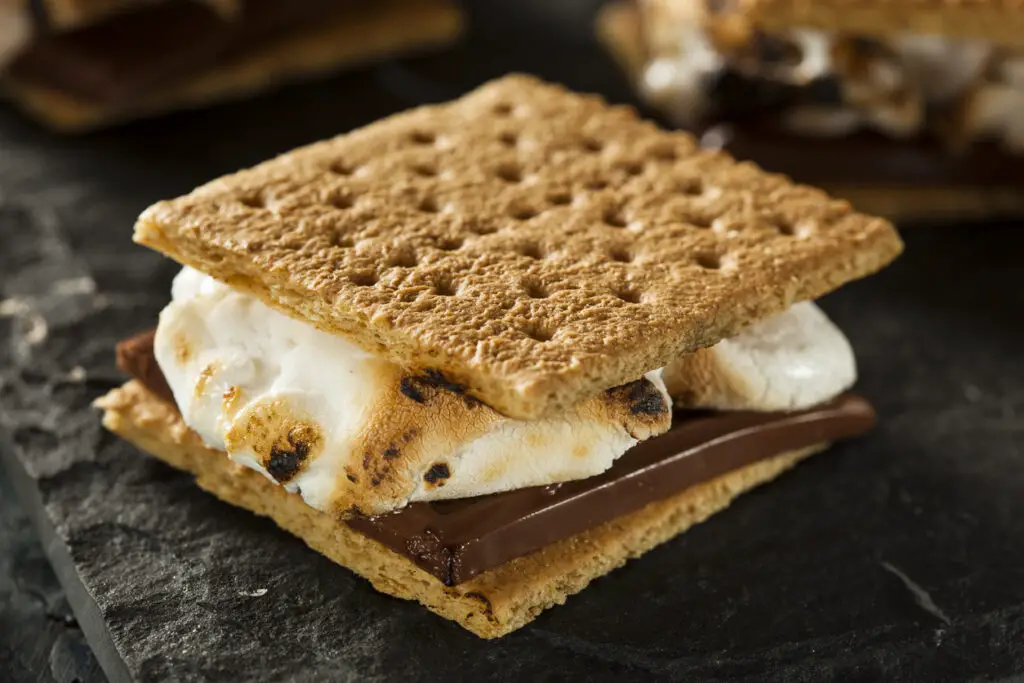
The Hershey’s S’mores Bar was the shortcut version of campfire fun. It layered marshmallow and graham cracker flavors right into a milk chocolate bar. Kids loved it because it gave you the taste of s’mores without the mess of building a fire.
But after a few years, Hershey’s pulled it from shelves. Some say it was too sweet, others think it just didn’t sell well enough. Still, people who had it once never forgot it, because it managed to turn a summer tradition into something you could buy at the corner store.
10. Lifesavers Holes
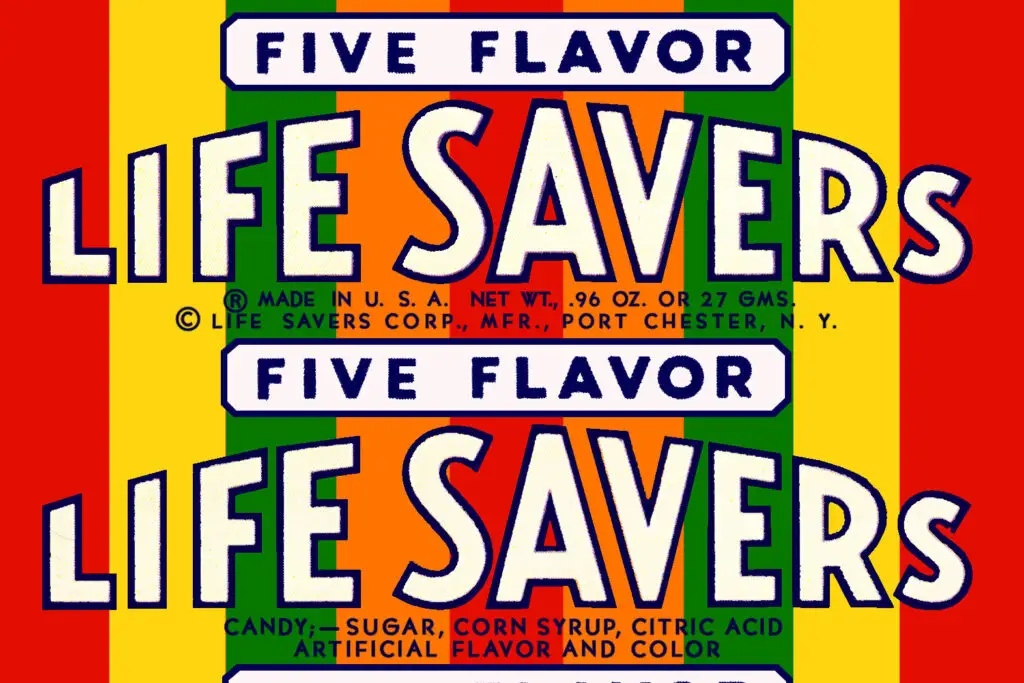
In the ’90s, Lifesavers tried to get creative by selling the “holes” that would have been punched out of their classic candies. Packaged like Tic Tacs, they came in fun little flip-top boxes that fit perfectly in your pocket. Kids loved the idea that they were eating the missing piece of a regular Lifesaver.
Sadly, the fun was short-lived. Holes were discontinued after a choking hazard recall, which sealed their fate. Today, they’re remembered as one of those quirky candies that made perfect sense to kids, even if adults didn’t see the point.
11. Choco’Lite
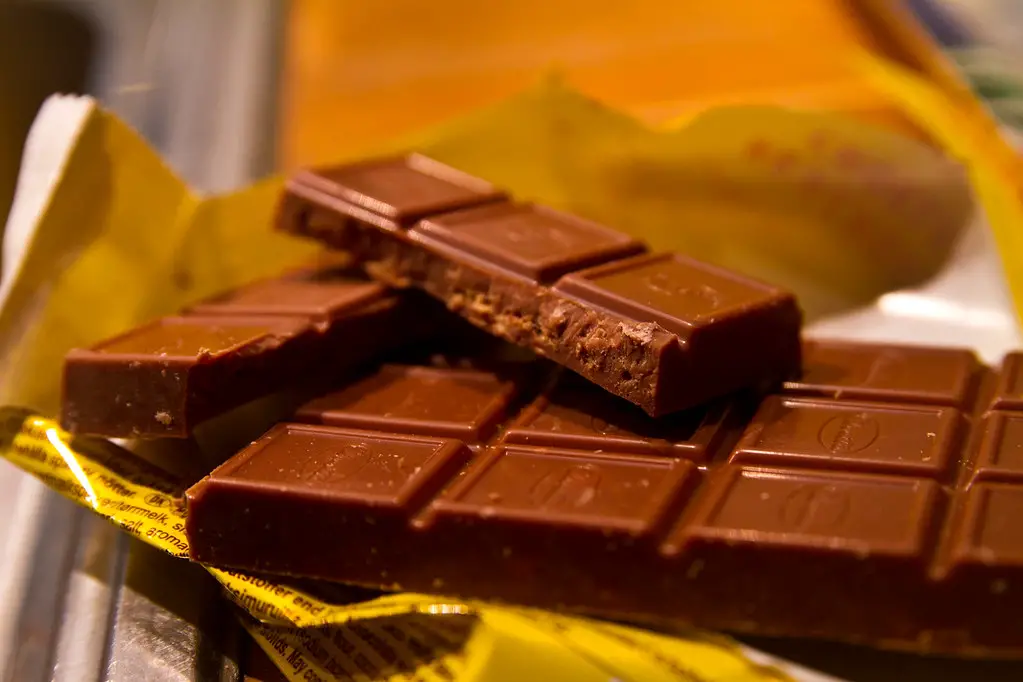
Nestlé’s Choco’Lite bar was a bubbly, airy chocolate treat that hit shelves in the 1970s. The whipped texture made it lighter than other bars, almost like eating chocolate foam. The commercials leaned into this, calling it “lighter than air.”
Despite its unique texture, it didn’t last past the ’80s. While candies like Aero or Wispa carried on in other countries, Choco’Lite became a distant memory in the U.S. For those who grew up with it, it was the kind of candy you couldn’t quite compare to anything else.
12. Caravelle Bar
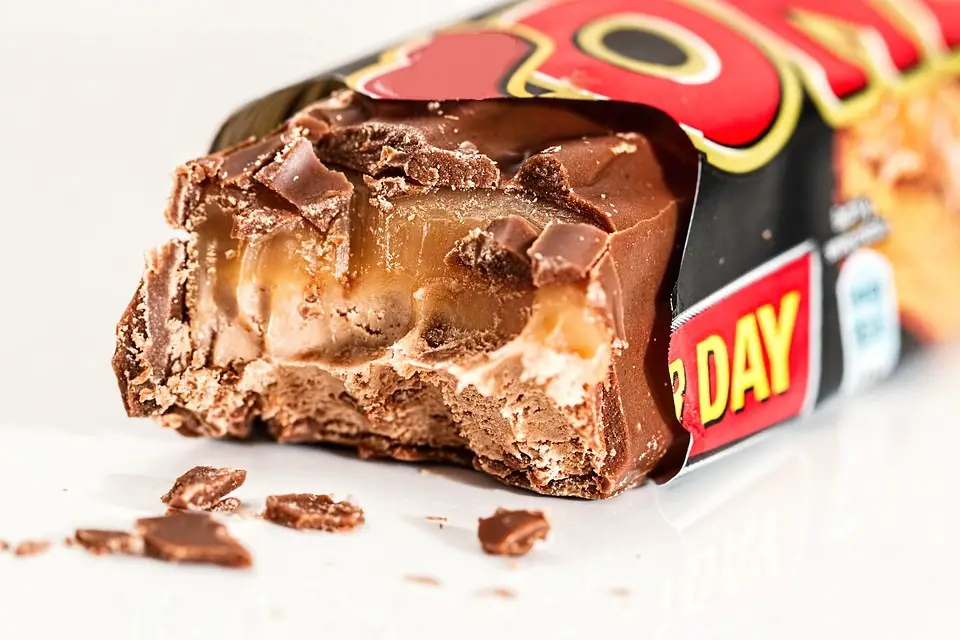
The Caravelle Bar was a nougat, caramel, and crisped rice treat that had a lot of fans in the ’70s. Made by Peter Paul (the same company behind Almond Joy and Mounds), it offered a different texture with its crispy crunch. It was one of those candy bars that didn’t get flashy ads but earned loyalty from anyone who tried it.
By the mid-’80s, Caravelle disappeared. It didn’t have the staying power of Almond Joy or Mounds, but fans remember it fondly. It’s one of those bars that makes people say, “I haven’t thought about that in years, but wow, I miss it.”
13. BarNone
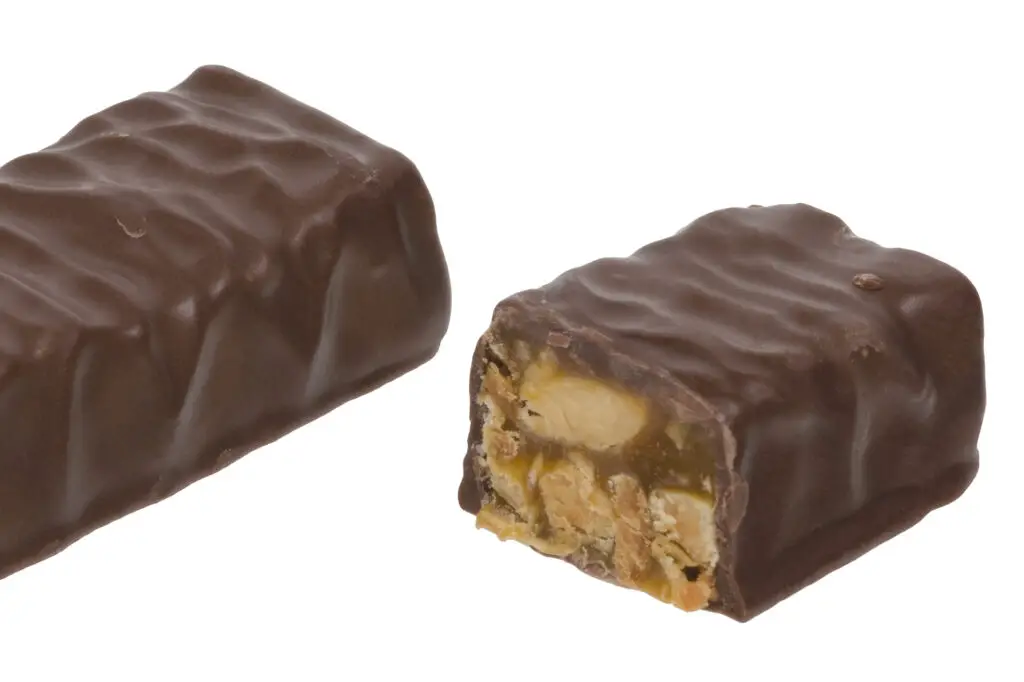
BarNone was Hershey’s attempt to go big in the late ’80s. The candy bar had layers of chocolate wafers, peanuts, and fudge, all covered in milk chocolate. It was rich, crunchy, and felt like a candy bar that gave you everything in one bite.
It had a decent run into the ’90s, but eventually, Hershey’s stopped making it. For many, BarNone became the definition of a forgotten favorite. Whenever old-school candy discussions come up, this is always one of the first names people bring up with a nostalgic sigh.
14. Seven Up Bar
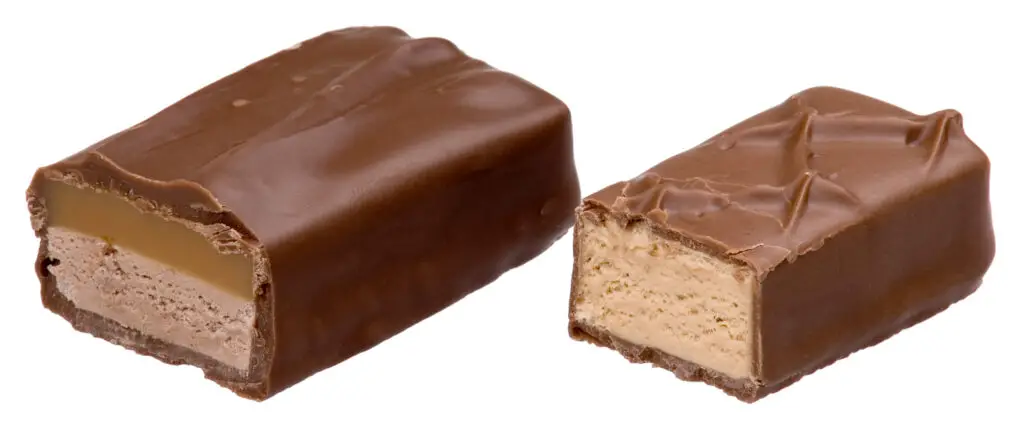
The Seven Up Bar wasn’t tied to the soda, but it was just as unusual. It had seven different chocolate-filled sections, each with a unique flavor like mint, fudge, coconut, or cherry. Opening one felt like getting a sampler box of chocolates all in one bar, which made it fun for kids who liked surprises.
Made by Pearson’s Candy Company, it lasted from the 1930s until the early ’70s before disappearing for good. Parents and grandparents still talk about it with fondness, often surprising younger generations who never got to try it. It remains one of the most inventive candy bars to ever hit the market.
